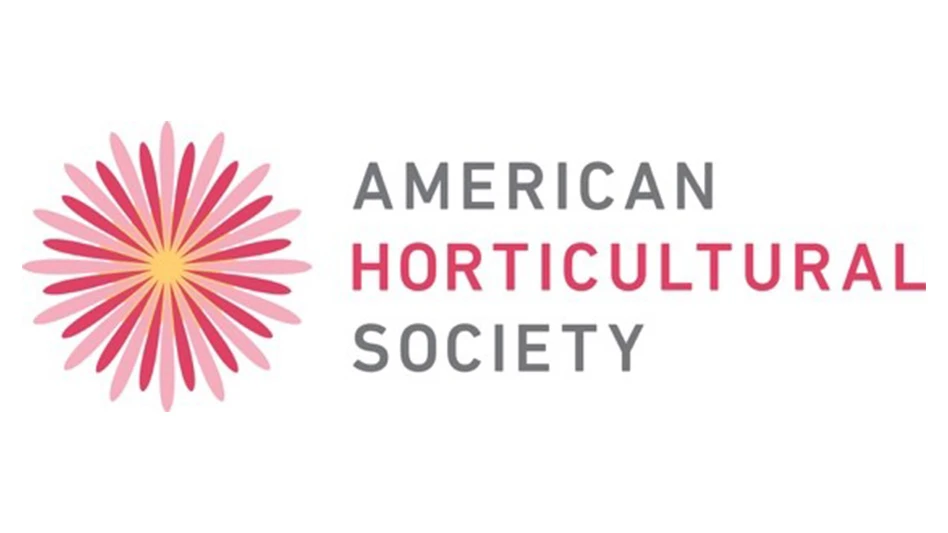

Researchers from McGill University, the USDA Forest Service Southern Research Station and North Carolina State University have made the first nationwide spatial forecast of street tree mortality from invasive insects, using data from roughly 30,000 urban areas across the United States. And they estimate that during the next 30 years, 1.4 million street trees will be killed by invasive insects, costing more than $900 million to replace. The findings were published in the British Ecological Society’s Journal of Applied Ecology.
Some 90% of the 1.4 million trees deaths forecasted in the study are predicted to be caused by the emerald ash borer (Agrilus planipennis), which is expected to kill virtually all ash trees in more than 6,000 urban areas.
The researchers predict the impact of invasive insects will not be evenly spread across the country, with less than a quarter of U.S. communities set to experience 95% of all street tree mortality resulting from invasive insects.
Hotspots identified in the study include New York, Chicago and Milwaukee. These are areas with very high numbers of ash trees and are in the recent or near-future path of the emerald ash borer. Large human populations are also predicted to increase the influx of invasive insects to an area.
The researchers also forecasted the risks of insect species that have not yet arrived in the US. Asian wood boring insects, like the citrus longhorned beetle (Anoplophora chinensis), were seen to pose the highest threat, with new establishments of these species potentially costing $4.9 billion during the next 30 years.
The researchers say that their findings can help urban tree managers understand which tree species, in which areas, will be at the greatest risk from invasive insects. This information can be used to prioritize management efforts.
“These results can hopefully provide a cautionary tale against planting a single species of tree throughout entire cities, as has been done with ash trees in North America,” says Emma Hudgins at McGill University and lead author of the research. “Increasing urban tree diversity provides resilience against pest infestations. While we know this more intuitively for monocultures of crops, many cities continue to plant what are essentially monoculture urban forests.”
Professor Jane Memmott at the University of Bristol, who was not involved in the study, emphasizes that cities must plant a variety of tree species.
“The take home message to urban planners, is to plant multiple species in cities rather than focus on just a few familiar species; It’ll keep trees wonderful, and it will keep them in our cities,” Memmott says.
Trees form an important part of our urban environments and provide a host of benefits including improving air quality, cooling streets, carbon capture, habitat provision for wildlife and improving citizens’ mental and physical health.
However, human activity such as trade and travel expose urban trees to higher numbers of invasive species. Urban environments also create conditions that allow invasive species to easily spread.
“Many urban areas are dominated by a single tree species or genus, which means that a newly arrived insect for which those trees are a host can spread easily,” says Frank Koch at the USDA Forest Service Southern Research Station and co-author of the study. “On top of this, there are usually fewer natural predators and warmer temperatures compared to nearby natural forests, which can benefit invasive insect development.”
To forecast the impacts of invasive insects on U.S. street trees over the next 30 years, the researchers combined a series of four models. These included models of street tree populations in 30,000 communities, the predicted spread of 57 invasive insect species, how deadly these insects are to different tree species, and the cost of removing and replacing dead trees.
Due to the availability of accurate data, the study focused specifically on street trees, which represent a small fraction of all urban trees. The study also only forecasted the economic costs to municipalities dealing with street trees being killed but not the wider ecological impacts.
“The ecological impacts of losing urban trees or an invasive species moving from urban to natural forests would both be considerable. However, these impacts were beyond the scope of our study,” Koch says.
To read the entire research article, go here: https://bit.ly/BES-street-trees.

Explore the April 2022 Issue
Check out more from this issue and find your next story to read.
Latest from Nursery Management
- The HC Companies, Classic Home & Garden merge as Growscape
- Eason Horticultural Resources will now officially be known as EHR
- BioWorks receives EPA approval for new biological insecticide for thrips, aphids, whiteflies
- Ellen Mackenbach-Lakeman appointed new CEO of Dümmen Orange
- Southern Garden Tour sets 2025 dates for trial garden open houses
- New book explores plants that thrive in Rocky Mountains
- American Floral Endowment establishes Herman Meinders Memorial Tribute
- These companies are utilizing plastic alternatives to reduce horticultural waste





